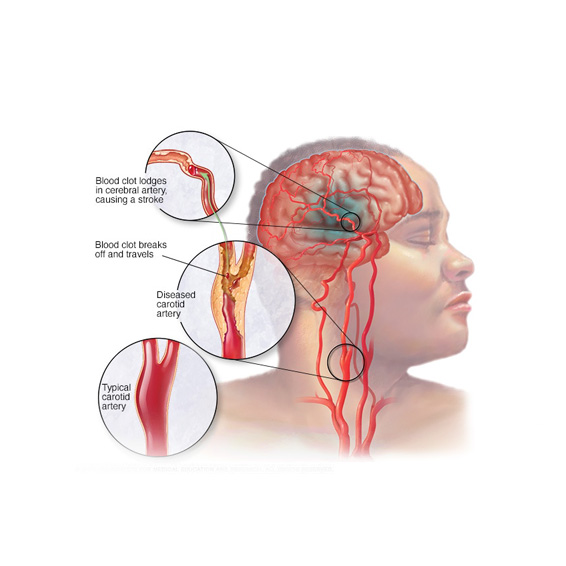
Table of Contents
- Introduction
- What is Carotid Doppler Ultrasound?
- Why is Carotid Doppler Ultrasound Important for Seniors?
- How the Carotid Doppler Ultrasound Works
- Benefits of Carotid Doppler Ultrasound
- When Should Seniors Get a Carotid Doppler Ultrasound?
- The Procedure: What to Expect
- Conclusion
1. Introduction
As we age, keeping an eye on our vascular health becomes increasingly important. One essential test for monitoring this is the Carotid Doppler Ultrasound. This test is particularly crucial for seniors, providing valuable insights into the health of their blood vessels. At Midas Care Clinic, we emphasize the importance of this diagnostic tool to ensure that aging adults maintain optimal vascular health.
2. What is Carotid Doppler Ultrasound?
A Carotid Doppler Ultrasound is a non-invasive imaging technique that uses sound waves to create images of the carotid arteries in the neck. These arteries are responsible for supplying blood to the brain. The test helps assess the flow of blood through these arteries and detect any potential blockages or abnormalities.
3. Why is Carotid Doppler Ultrasound Important for Seniors?
For seniors, the Carotid Doppler Ultrasound is crucial for several reasons:
- Detects Blockages Early: It can identify blockages or narrowing in the carotid arteries that could lead to a stroke.
- Monitors Existing Conditions: If a senior has been diagnosed with conditions like atherosclerosis, this test helps in tracking the progression of the disease.
- Prevents Serious Issues: By detecting problems early, appropriate treatment can be administered to prevent more serious health issues like strokes.
4. How the Carotid Doppler Ultrasound Works
The Carotid Doppler Ultrasound operates using sound waves to produce images of the blood flow in the carotid arteries. Here’s a short explanation of how it works:
- Preparation: The patient lies down, and a gel is applied to the neck area to ensure good contact with the ultrasound probe.
- Imaging: The probe is moved over the neck to capture images of the carotid arteries and measure blood flow.
- Analysis: The images and measurements help in assessing the condition of the arteries.
5. Benefits of Carotid Doppler Ultrasound
The Carotid Doppler Ultrasound offers several benefits:
- Non-Invasive: It does not require any surgery or insertion of instruments into the body.
- Quick and Painless: The procedure is generally quick and painless, making it suitable for elderly patients.
- Immediate Results: Results are available shortly after the test, allowing for timely diagnosis and treatment.
6. When Should Seniors Get a Carotid Doppler Ultrasound?
Seniors should consider getting a Carotid Doppler Ultrasound in the following situations:
- Family History: If there is a history of cardiovascular diseases in the family.
- Symptoms: If experiencing symptoms like sudden numbness, weakness, or difficulty speaking.
- Routine Screening: As a preventive measure if recommended by a healthcare provider, especially if there are other risk factors like high blood pressure or diabetes.
7. The Procedure: What to Expect
Here’s what seniors can expect during the Carotid Doppler Ultrasound procedure:
- Initial Setup: You’ll be asked to lie on your back with your neck exposed.
- Gel Application: A gel will be applied to your neck to help the probe move smoothly and get accurate images.
- Scanning: The technician will move the probe around your neck to capture the necessary images.
- Completion: The procedure usually takes about 15-30 minutes, and you can return to your normal activities immediately.
8. Conclusion
The Carotid Doppler Ultrasound is a valuable tool for monitoring the health of seniors, providing essential information about the carotid arteries and helping to prevent serious conditions like strokes. At Midas Care Clinic, we offer this test to ensure that our aging adults receive the best possible care and early detection of potential issues.

